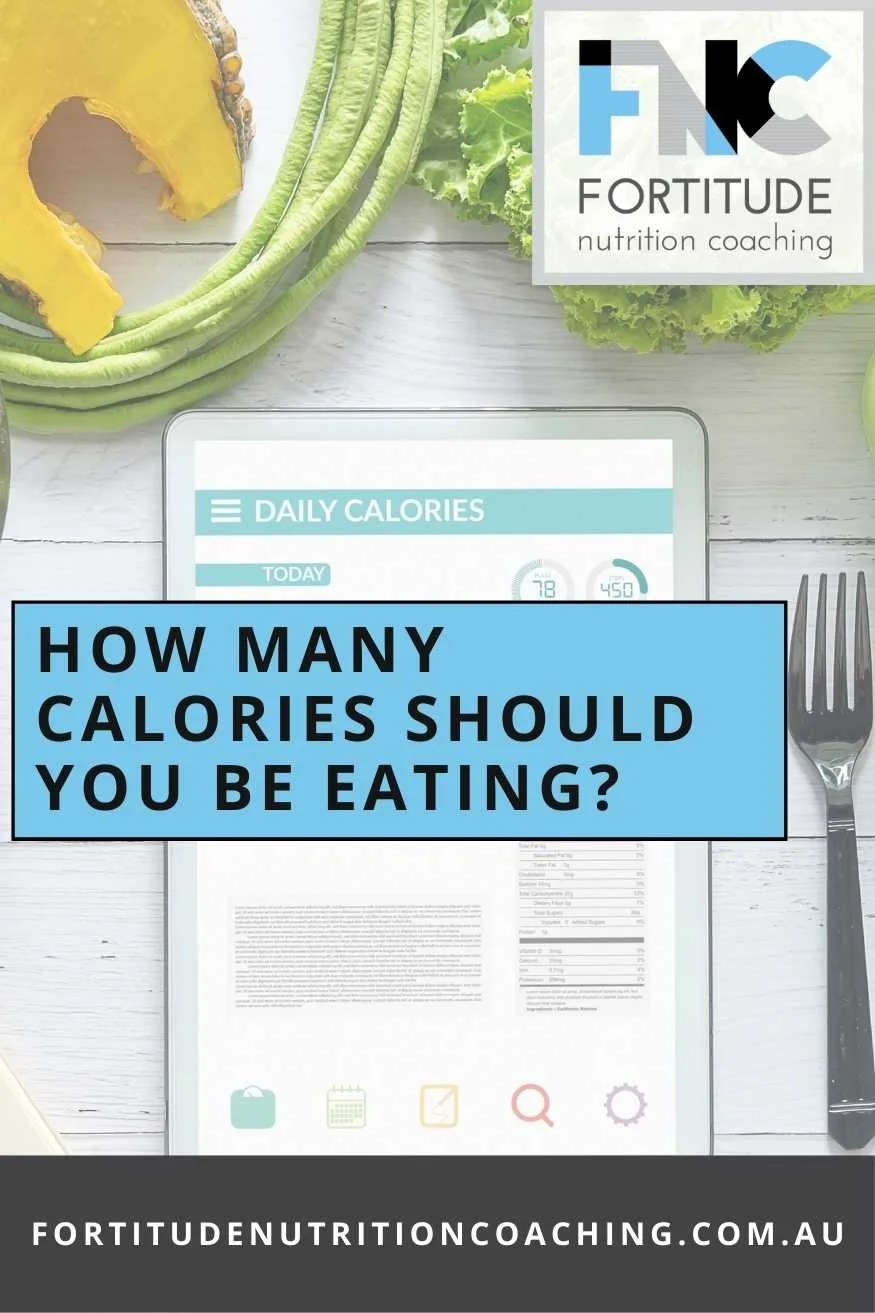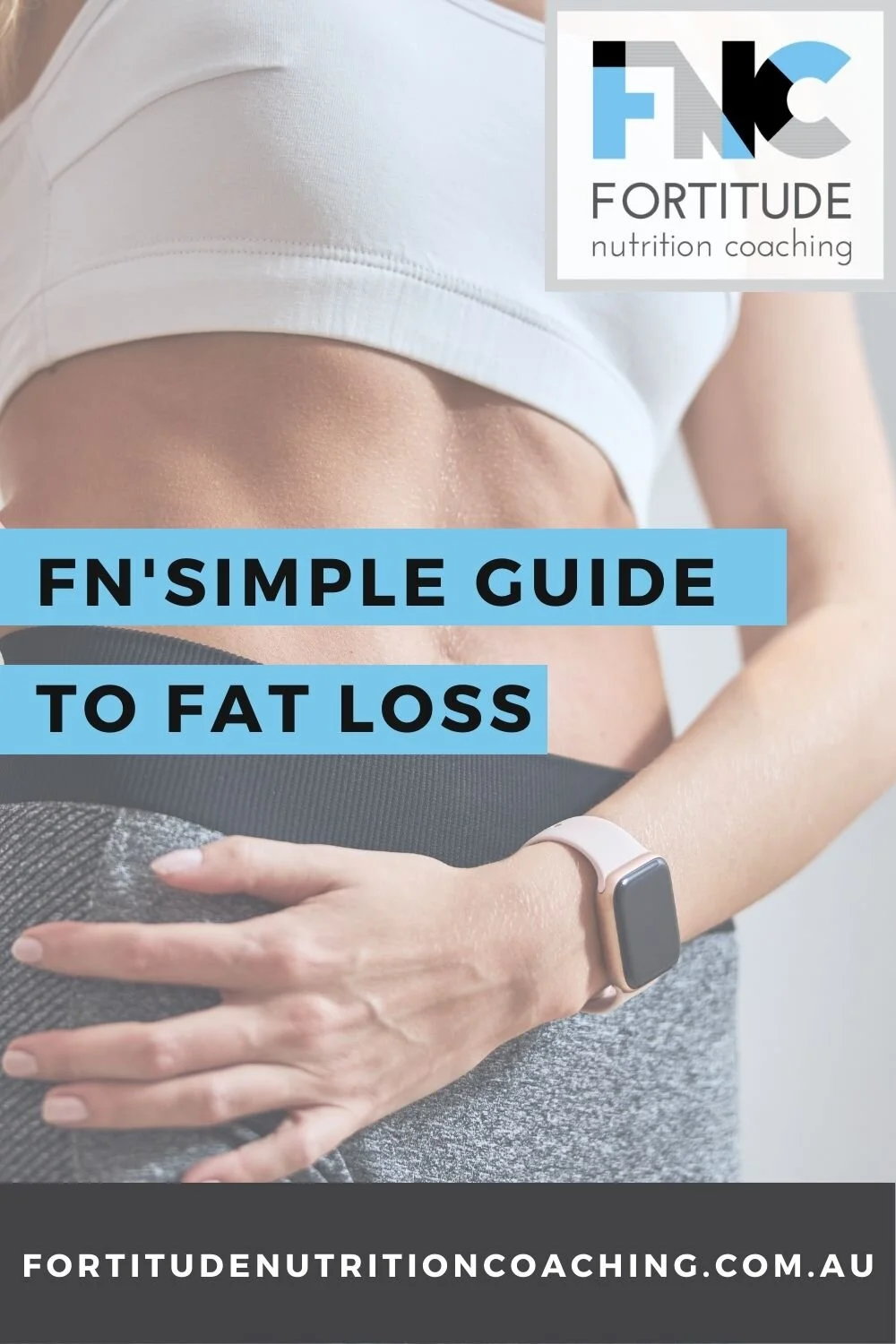This is a step by step process designed to move you from dedicated fat loss to ‘maintenance eating’. It’s not the only way to do it, it is just one approach that has worked well in practice
Maintenance eating
A non-tracking or intuitive approach that is both weight neutral and therefore seeks weight maintenance Calories on average, over time.
‘Maintenance eating’ seeks to acquire minimal mental resources to execute, allowing other areas of life to thrive.
Who is this for?
1. Someone who has just successfully finished a dedicated weight loss phase, who now wants to move away from fat loss, and tracking but is worried about weight regain or undoing all their hard work and great results.
2. Someone who has been maintaining their new lower weight successfully for a while, but is struggling to let go of ‘weight loss approaches’ despite not trying to lose any more weight. They may feel like food controls their life, and are anxious about not using a tracking app and being more flexible with attending social occasions.
What to expect at the end of a fat loss diet
Maintaining weight loss results is hard, it requires ongoing effort but it gets easier as time passes.
You may experience criticism from peers, friends and family for your food and lifestyle choices, and you may even feel deprived because you’re unable to resume old eating behaviours [1].
Unfortunately this is the reality of maintaining weight loss results, so vigilance and accountability is a must.
Overall hunger levels are high, and meals don’t really seem to hit the spot, your hunger can seem insatiable.
You have heightened cravings for certain foods, food groups or food in general. These are often foods that you may have limited during the weight loss phase such as indulgences.
You crave ‘food freedom’. You’ve just come off a period of time eating to numbers, data and feeling restrained by boundaries. The thought of “just eating whatever you want” is appealing.
You’re fearful of regaining the weight you worked so hard to lose. You’re anxious about moving away from the habits that helped you achieve the result in the first place.
Indeed there is a physiological response to dieting and weight loss that increases internal drivers to eat more food [2,3].
Feeling extra hungry, having food on your mind and feeling urges to eat freely are normal.
So in short, after a dieting phase you can’t trust yourself.
Adopting the “diet is over” mindset is setting you up for regaining the weight you lost.
It could be argued that the phase immediately after successful weight loss is even harder than the weight loss phase itself.
Things that people who maintain their weight loss do?
Technically, in order to maintain weight loss you just need to implement a ‘maintenance dose’ of the healthful, Calorie conscious habits that were present during the dieting phase itself.
If you don’t carry any new habits with you moving forwards and go right back to your old habits, your physique will revert back too.
What habits should you seek to continue?
It’s individual, but I suggest choosing the easier, “value for effort” habits.
Examples of this could include:
1. Eating a fist or 2 of plants at each main meal.
2. Having only 1 indulgence per day.
3. Setting a cap on weekly alcoholic beverages.
4. Opting to walk when it’s feasible, or ensuring each day includes a notable physical activity that you enjoy.
What habits and behaviours does the research advise us to continue?
There are some common habits and behaviour of individuals who maintain weight loss for the longer term [1]:
1. Continuous monitoring
This can come in many forms and combinations and includes both self or external monitoring (by a coach or nutritionist).
Options include continuing to track Calories, weighing food portions, using hand sizes to control portions, regular body weighing, and taking a diary.
Of course the point of this article is to propose a process of moving away from “diet like behaviours” such as Calorie tracking and a reliance on these “weight loss behaviours”.
But this doesn’t mean we want to completely cease any form of self monitoring.
It’s a good idea to keep a combination of easier, less burdensome, flexible or lower barrier to entry options present such as weighing yourself a few times a week, using the food scales at home and controlling portions using hand sizes when eating out.
2. Meal planning and preparing
It was found that pre preparing and planning meals and social meals is helpful.
Chefs don’t care about your Calorie intake, they just want to make the food taste delicious.
They’ll use all the sauces, oils, butters, fatty cuts of meat and full fat ingredients to make the food tasty.
So understandably those who most often consume their own cooked meals are more likely to maintain weight loss results.
When you’re the one cooking it, you know exactly what’s going into the meal and you have full say on portion sizes, so this makes total sense.
This doesn’t mean all meals must be home cooked, some social meals a few times a week as important too.
4. Eating routine
Having routine in your eating is hugely helpful to keeping Calorie intake roughly consistent.
This includes having rough regular meal times, and eating the same number of meals and snacks per day.
It also helps if meals follow the same food selection and portion size structure.
For example, you might have oats for breakfast most days, but change up the nuts and fruit you top the oats with.
The portion sizes of each ‘ingredient category’ states the same.
Having 2-4 go-to meal structures and styles for breakfast, lunch, snacks and dinner that you rotate on a regular basis is helpful.
5. Food selection not too varied
This goes alongside point 4.
Keep it simple, focus on the foods you like and enjoy a moderate amount of variety within your go-to meals that make up your “nutrition tool box”.
Seek to obtain most of your food variety by mixing up your fruits, and vegetables.
6. Relapse protocols
Relapse is a normal part of the process.
It’s an essential experience that allows you to learn and improve your skills overtime.
Nutrition is not about ‘perfection’, so consider averages over time, reflect on the experience, and seek to identify lessons that you can implement next time.
7. External monitoring
Those who have external accountability from friends, family and/or even guidance and on-going support from a coach or nutritionist are more likely to maintain weight.
If you’ve achieved your weight loss goal, keep your nutritionist around or ask your spouse to keep you accountable, and let them know that this means a lot to you.
8. Intrinsic motivation
Those who’re always reminding themselves or reflect upon the benefits weight loss has brought them are more likely to maintain results.
This includes thinking or even journaling about how your self-esteem, relationships with others, work productivity and even overall happiness has improved.
9. Continuing regular activity
Make sure what you’re doing is more than just there to deal with the fear of regain.
Do something you enjoy, perhaps even set performance goals such as running a marathon or moving up a harder rock climbing grade.
How to go from dedicated fat loss to ‘maintenance eating’?
In short, Calories go to weight maintenance targets straight away, whilst a slower approach to moving away from being fat loss specific behaviours is taken.
Step 1:
1-2 weeks after the fat loss phase ends.
Go straight to your new predicted weight maintenance Calories.
As you’re now a lighter human, you’ll require fewer Calories to maintain weight.
Shaving 5-10% off your pre weight loss maintenance Calorie predictions should suffice.
Alternatively you can re-calculate your maintenance Calories using a predictive equation or online Calorie calculator.
During this time, expect to gain 1-2kg’s. But don’t fret as this is likely not body fat related and rather just a product of increased intestinal weight and stored muscle glycogen from eating more food and storing more carbohydrates in your muscles.
Remember how I was saying you can’t trust yourself at the end of a fat loss phase?
For this reason the first initial stages after the diet should be exactly the same as the dieting phase itself; only you’re going to eat more Calories.
Tracking, food weighing, eating routine, food selection stays the same.
This is because we want to give you a chance to normalise your hunger and fullness cues, find an eating routine and gauge appropriate portion sizes at your new Calorie targets before novel and exciting tastes, textures and variety is reintroduced.
Step 2:
2-4 weeks after the diet.
By this time your internal hunger and fullness cues should have normalised somewhat.
You shouldn’t be thinking about your next meal too much, and your food shouldn't be the primary occupier of your mental resources.
This is where we start to ‘pull back’ on tracking, and commence reintroducing additional food variety.
This can be done a few different ways.
You can choose to either track only half days, or track only a few full days per week.
Your first few non-tracking days may be scary.
You might be anxious about overeating without the objectivity of a tracking app.
So for this reason, your first non-tracking day should be a ‘confidence booster’.
I suggest, a routine weekday, where you follow your usual eating routine.
Keep everything the same, the only difference being you’re not going to track it in an app.
The same foods, the same portions, at the same times of day.
From here you’ll be more confident to tackle non-tracking days without the fear of uncontrolled overeating.
Step 3:
week 4-8.
You stop using My Fitness Pal 95-100% of the time but you start food logging.
For step 3 the tracking of diet metrics stops but a record of food and drink is taken and reflected upon regularly.
In other words, we take a food log where we write down everything we eat and drink.
A notebook or the notes app on your phone is suggested.
Alternatively you can take pictures of everything, and refer to your camera roll later in the day when transferring the images into written food log form.
Logging creates awareness and accountability, it helps you reflect, which can help you identify things you did well, things you didn’t do so well and inform what you might do to improve moving forwards.
During this time you can also choose to continue weighing yourself regularly and even use the food scales periodically.
At this stage the goal is to have maintained your new weight results whilst developing full confidence that your food decisions and behaviours align with continued weight maintenance.
Furthermore, you have the confidence and skill to pivot and implement “plan B’s” from your “nutrition toolbox” when your schedule abruptly shifts or you’re faced with Calorie focused social occasions.
Remember this approach is not for everyone.
This is just the tried, tested and refined process that has worked with a high degree of success with many clients.
Please reach out to a medical professional if your relationship with food needs assistance.
1 on 1 Nutrition Coaching with Fortitude Nutrition Coaching
Are you looking for an understanding and supportive human to talk with, to help with advice and guidance? An objective set of eyes to see what you could improve to move towards your goal in the easiest possible way?
We work with real people and get real results. Sign up for 1 on 1 Nutrition Coaching today and get the support, guidance and accountability of a Fortitude Nutrition Coach.












Tired of the "eating healthy" cycle that leads nowhere? Our blog unveils the blueprint for success. Say goodbye to vague intentions and hello to a clear Action Plan. Transform your eating habits with precision - from veggies to protein, breakfast to overcoming obstacles. Break free from the loop and embark on a fulfilling journey. Ready to achieve your goals with confidence? 🎯 Learn more: https://www.fortitudenutritioncoaching.com.au/blog/why-healthy-eating-doesnt-work